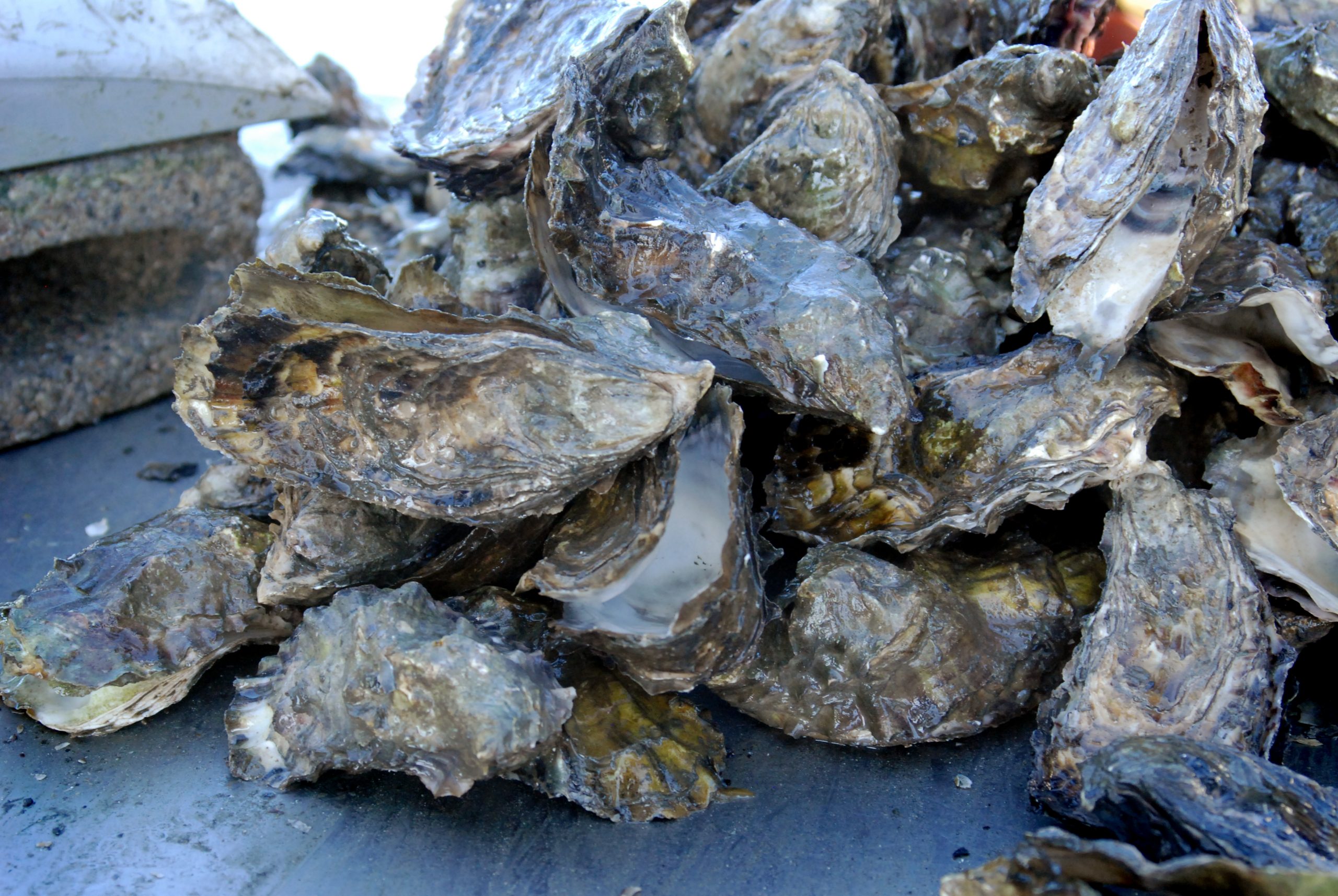Every February we celebrate our love for the Morro Bay National Estuary and share that love through the #IHeartEstuaries and #EstuaryLove campaigns. Today, we hope you will join us in marveling at the myriad contributions that estuaries make to our ecosystems, lives, and livelihoods.
Estuaries protect our communities
Protecting and restoring estuary habitat for fish and other wildlife also protects our coastal communities by making them more resilient in the face of extreme weather. Coastal wetlands like the Morro Bay saltmarsh provide storm protection valued at $23.2 billion per year. As climate change continues to produce increasingly intense storms, this protection will be even more vital.
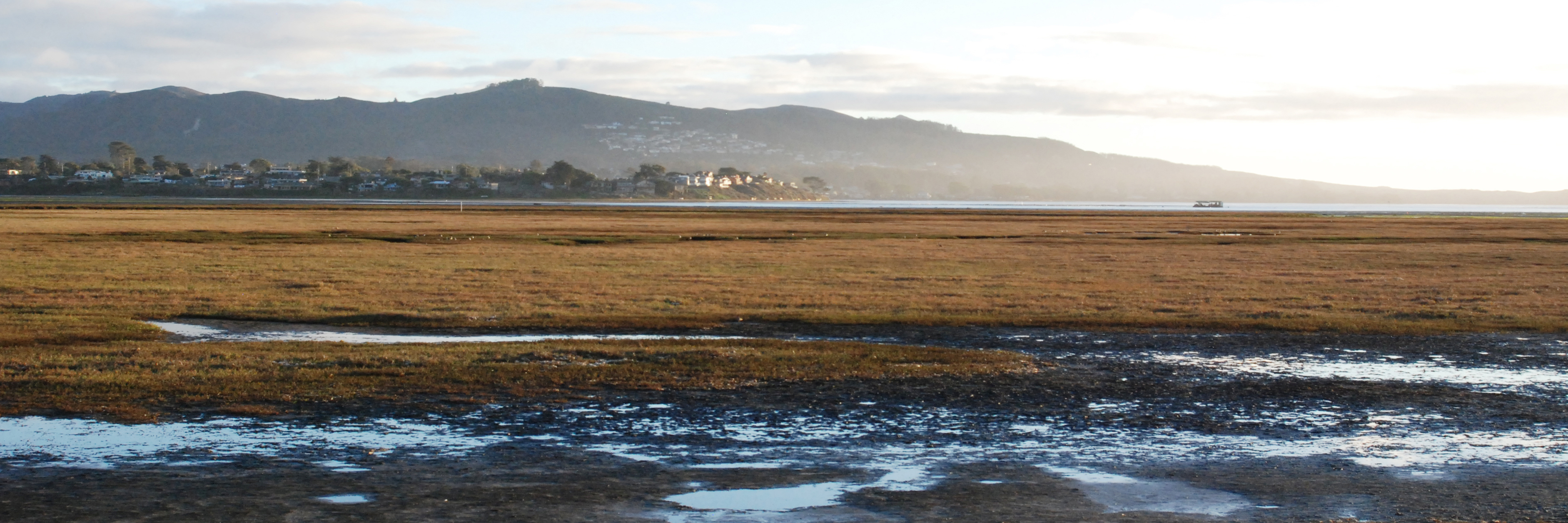
Wildlife thrives in our watershed, creeks, and the bay
Estuaries, the freshwater streams that feed them, and the surrounding land provide essential habitat for a wide range of wildlife.
More than 200 species of birds live in the Morro Bay area for at least part of the year.
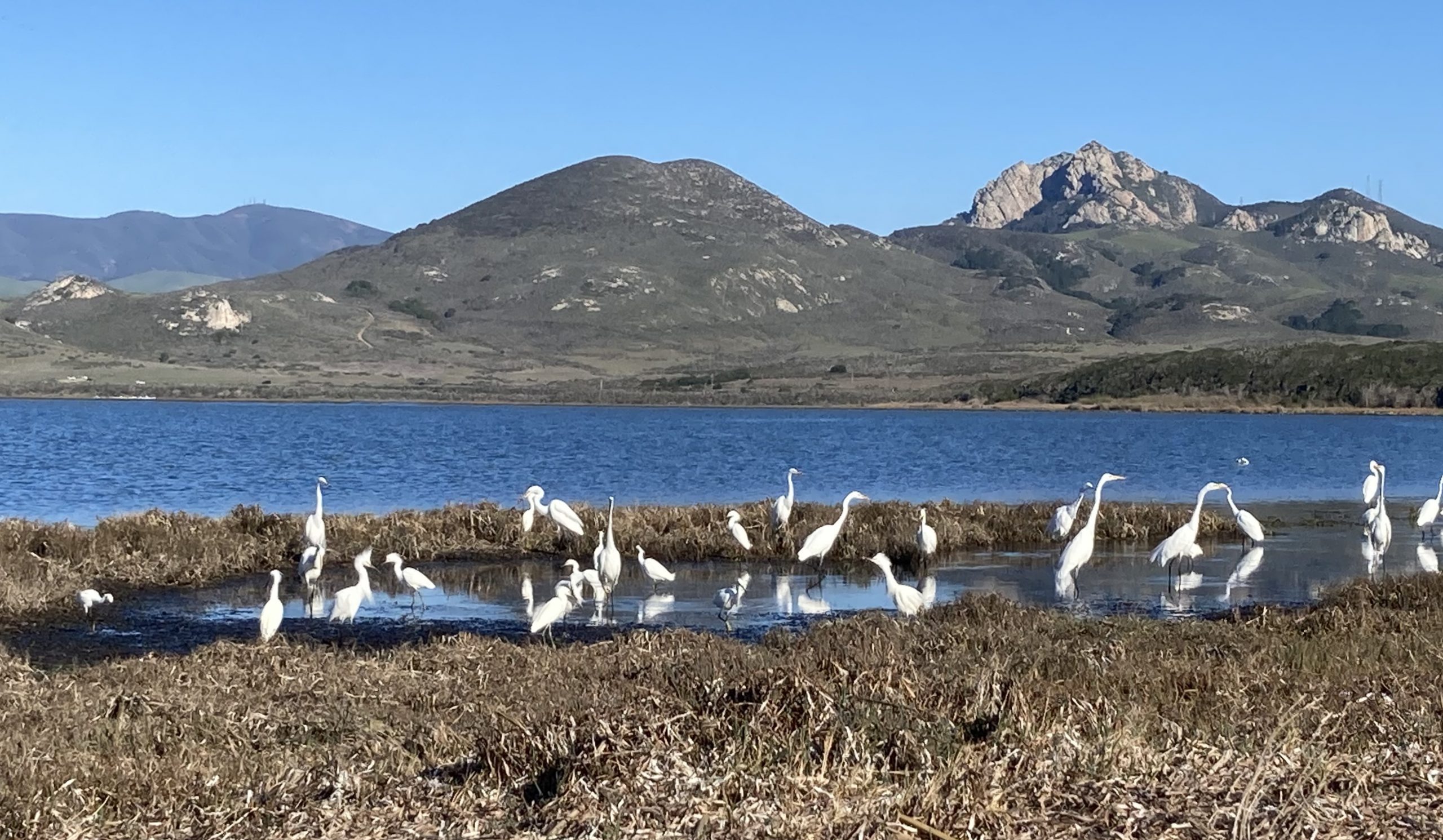
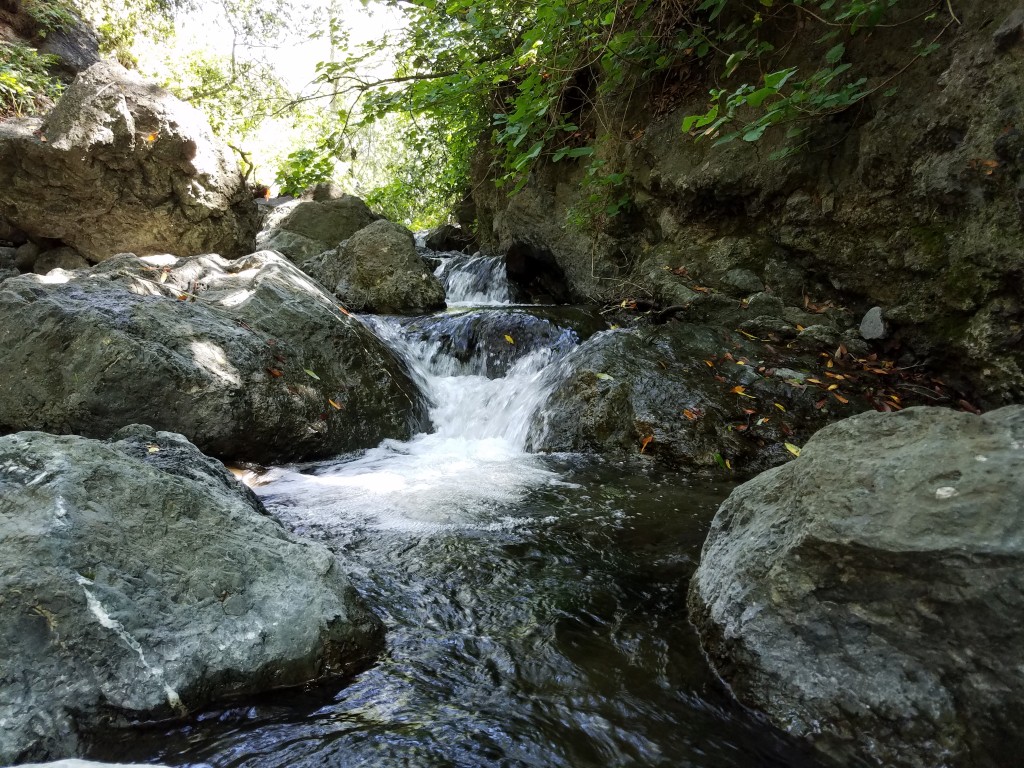
Many sensitive and threatened species including the California red-legged frog, the snowy plover, and the peregrine falcon find food and other necessary resources in Morro Bay’s water and on its shores.
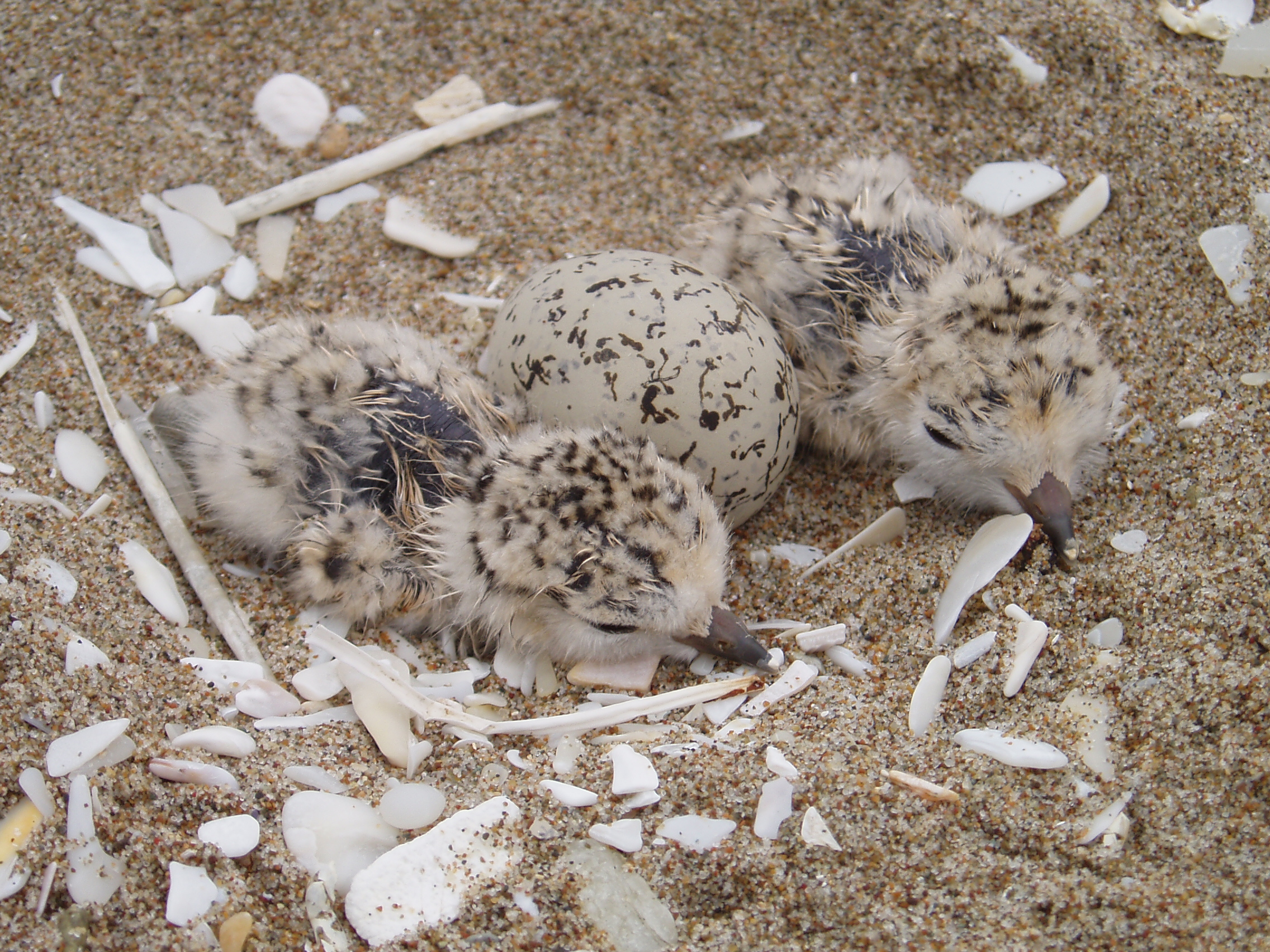
Our watershed (the estuary, the surrounding lands, and the creeks that drain to it) are also home to species that are endemic to this area, meaning that they are found here and nowhere else in the world.

Estuaries support fish, fishing, and aquaculture
Morro Bay’s working harbor and active fishing community depends, in part, on the fact that more than two-thirds of commercially valuable fish species spend part of their lives in an estuary. In Morro Bay, these species include sand dabs, rock fish, and halibut, just to name a few.
The Morro Bay estuary also boasts water clean enough for oyster farming. Since oysters are filter feeders, water quality standards for oyster farm sites are very high. Luckily, Morro Bay’s waters are clean enough that you can eat locally grown oysters from both Grassy Bar Oyster Company and Morro Bay Oyster Company right on the waterfront.
Share your love for Morro Bay
This month, we invite you to share what you love about the Morro Bay estuary. When you post, use #iheartestuaries and #EstuaryLove.
Subscribe to our weekly blog to have posts like this delivered to your inbox each week.
Help us protect and restore the Morro Bay estuary!
- Donate to the Estuary Program today and support our work in the field, the lab, and beyond.
The Estuary Program is a 501(c)3 nonprofit. We depend on funding from grants and generous donors to continue our work. - Support us by purchasing estuary-themed gear from ESTERO. This locally owned and operated company donates 20% of proceeds from its Estuary clothing line and 100% of Estuary decal proceeds to the Estuary Program. Thank you, ESTERO!
- Purchase items from the the Estuary Program’s store on Zazzle. Zazzle prints and ships your items, and the Estuary Program receives 10% of the proceeds. Choose from mugs, hats, t-shirts, and even fanny packs (they’re back!) with our fun Estuary Octopus design or our Mutts for the Bay logo.
Thank you for helping our beautiful, bountiful, biodiverse bay!
